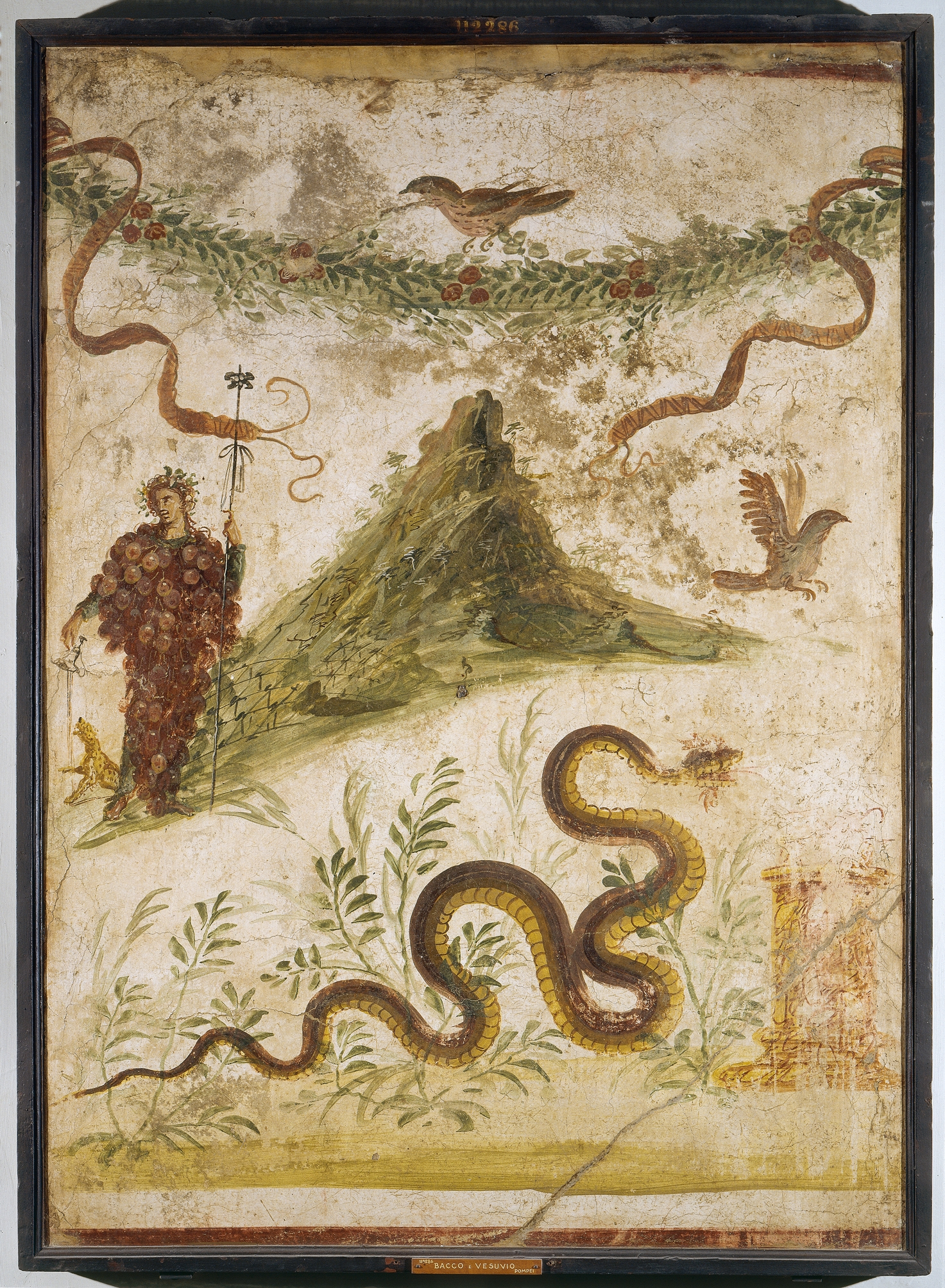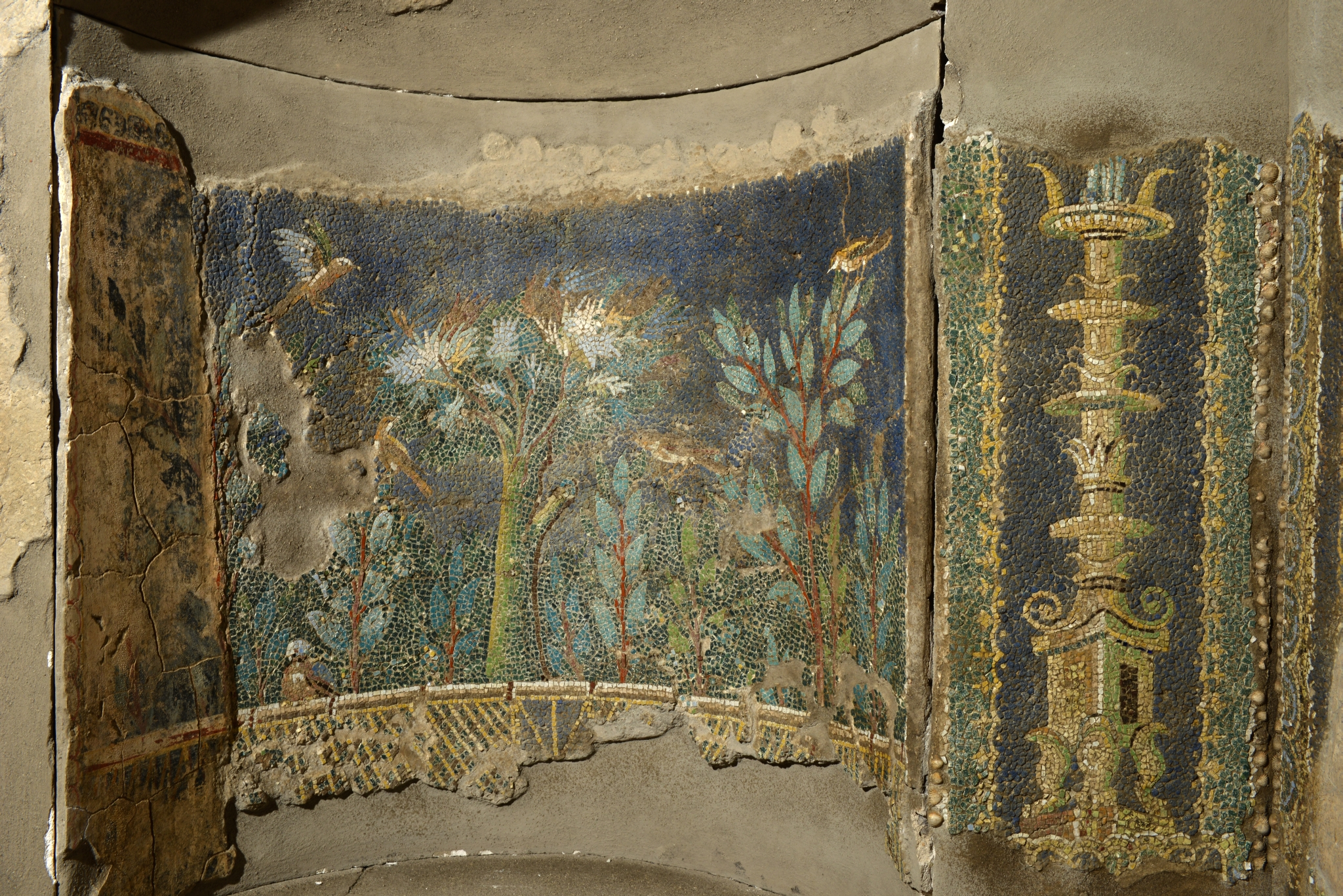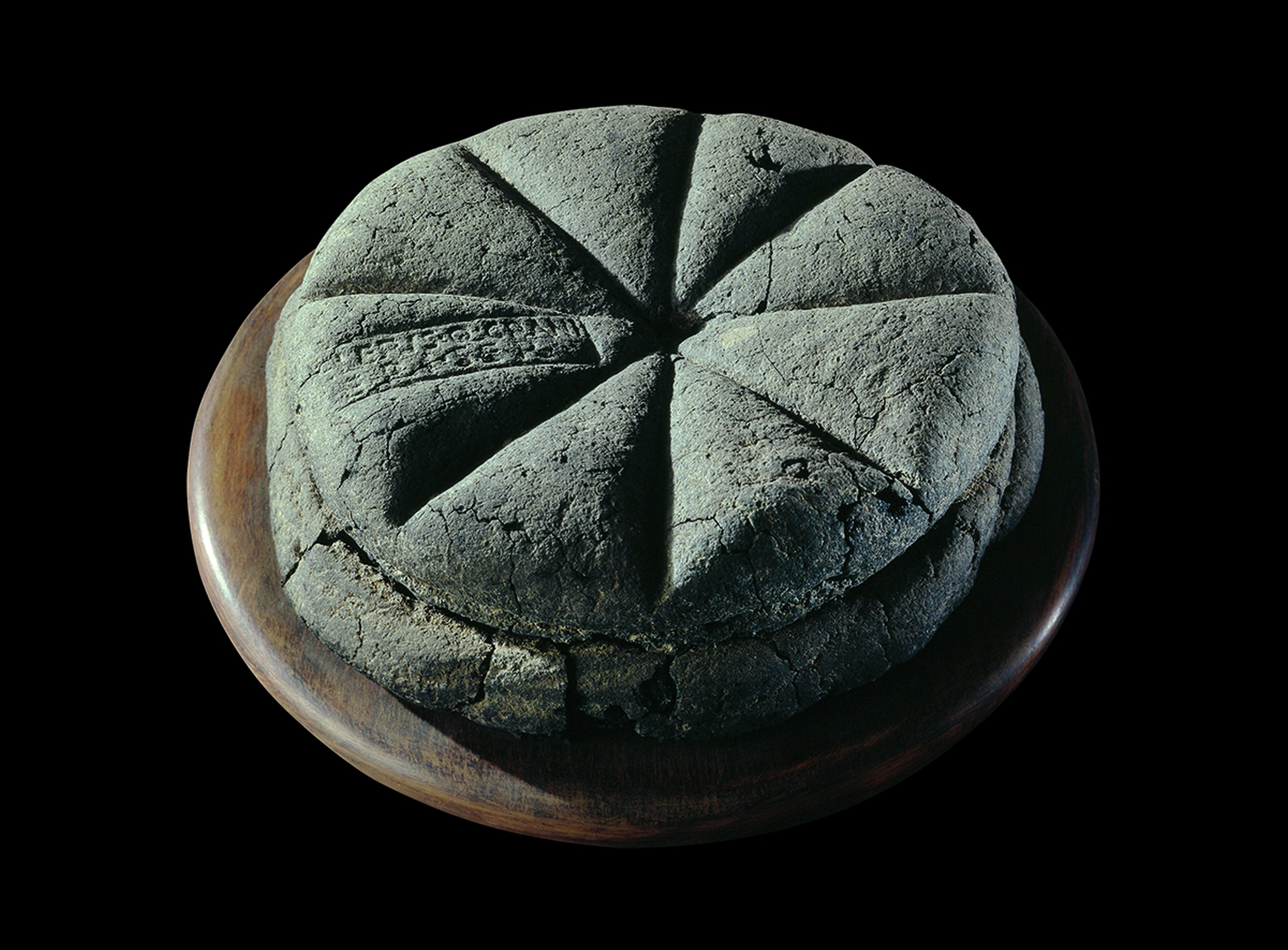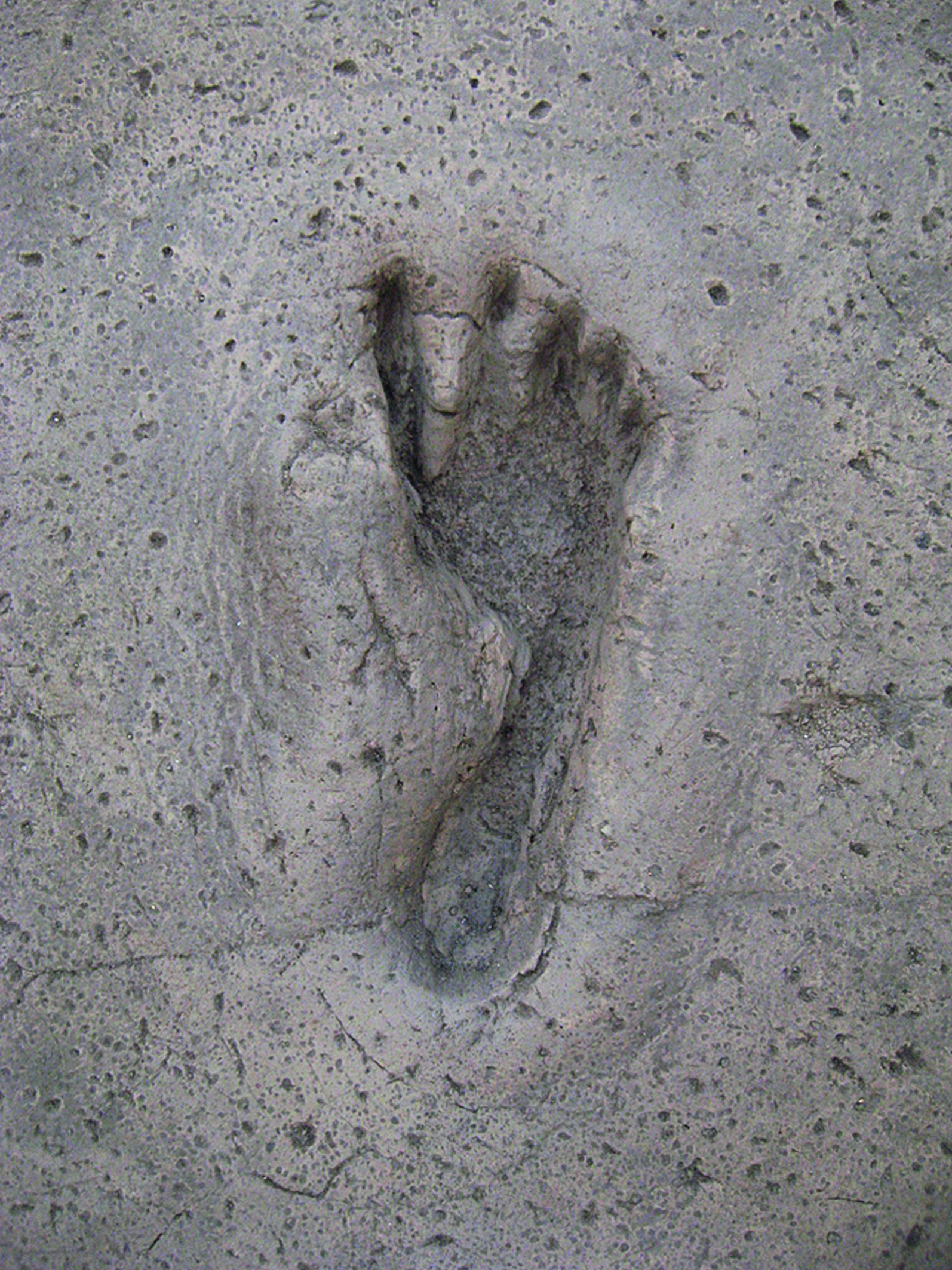
By Andrea M. Gáldy, Exhibitions and Museum Editor –
When life was suddenly brought to a halt and encapsulated in 79 AD, the people caught up in the catastrophe cannot have been entirely surprised by Vesuvius erupting. The earthquake of February 62 AD alone might have been a wake-up call. For long periods the volcano had, however, been a blessing, a friendly presence (Fig. 1), whose slopes were particularly fertile and whose shape probably called forth a sense of being at home to the inhabitants of Pompeii, Herculaneum and a string of small centres in the vicinity. Some of the cities were destroyed, most famously Pompeii, but the region is to this day densely populated and cultivated because the area was coveted from pre-historic times onwards. We may, with hindsight, look at life interrupted in Pompeii as a sort of miraculous historical theme park. In reality though, the well-known eruption of Mount Vesuvius was just one of many. The exhibition opened at the Hypo Kunsthalle on 15 November 2013 in Munich therefore attempts to trace a nearly 4,000-year history of volcanic activity, destruction and re-population.
Human life, human interest and human reactions to natural disaster are, therefore, the focus of this fine exhibition which transports us back to prehistoric as well as Roman Campania. Citizens of Pompeii and Herculaneum may have led a life of comfort, even luxury but theirs was an existence not without parallels in other parts of the Roman Empire. Who knows whether we would now be as fascinated by these provincial cities if they had not been hit in such a dramatic fashion. It may well be the reminder of our own mortality and of our own precarious existence on an increasingly disgruntled planet that could be responsible for the continuous engagement with this sad event. But death and devastation are by no means the only topics discussed.
Over 11 exhibition rooms as well as in the catalogue (only available in German) we encounter people, artefacts and objects of daily life. Campania and her population from c.1935 BC to AD 1944, and in particular the way of life in the first century AD are being presented with an emphasis on the people using the baths, the silver table ware and worshipping their gods in places including Nola, Poggiomarino and Massa Lubrense. One of the highlights of the show is no doubt the Nymphaeum of Massa Lubrense in the gulf of Sorrento. Excavated between 1980 and 2001 the mosaics of its fountain wall (Fig. 2) were restored with funds of Hypo Unicredit. In return the Nymphaeum is being shown in Munich as a one off before travelling back to Campania. But not only the colorful quality of the mosaics can be admired in the exhibition: sound Roman plumbing is represented by the water distributor and valve of the “natatio”.

Issues of life, death and afterlife play their roles via exhibits such as the carbonised loaf of bread (Fig. 3) or the plaster cast of the decayed body of a dog that perished during the eruption of AD 79. Equally impressive are the two narrow reliefs from the house of L. Caecilius Iucundus (Museo della Civiltà Romana) that show the effects of the earthquake of AD 62 and the inscription of the temple “terrae motu collapsum” and rebuilt by Vespasian in AD 64. The afterlife is also represented by the history of the rediscovery of the Campanian cities in the eighteenth century by early archaeologists such as J.J. Winckelmann and the enthusiasm for the Pompeian style called forth by spectacular works of art unearthed and soon collected by cognoscenti such as William Hamilton, British Ambassador to the Kingdom of Naples whose possessions formed in due course the nucleus of the holdings of the British Museum. The craze for Pompeian rooms also arrived in Germany where Ludwig I and Franz von Anhalt-Dessau set up Pompeian cabinets in castles such as Wörlitz and the Luisium as well as in the Pompejanum at the Bavarian Aschaffenburg. Franz von Anhalt Dessau had travelled to Naples and visited the excavations sites in the company of his architect. He was as inspired by the antiquities as by the cultural enthusiasms of Hamilton and the charms of his wife Emma. As a young man Ludwig had spent some time at Wörlitz to become inspired by the reception of ancient material culture before travelling to Italy in 1839.

During this first wave of eighteenth and nineteenth enthusiasm for Pompeian art and architecture it already became apparent that the newly unearthed buildings were suffering from a progressive decay which with the conservation methods of the time was difficult to arrest. Therefore, the buildings and decorations created in the neoclassical period were more than a reception of attractive artefacts; they attempted to an extent to preserve by dint of copies what was being lost in terms of originals.

In AD 79 many of the inhabitants of Pompeii could have escaped from the catastrophe, we do not know whether that was the case during the prehistoric eruption in 1900 BC. They certainly tried: prints of running feet were discovered at Nola-Palma Campania (Fig. 4). It may be a case of familiarity breeding contempt that made the population so blasé about the volcano in their vicinity. Having survived two millennia of explosive history, they had grown to love rather than fear Vesuvius.
Editor’s and Author’s Note:
These photos are being released exclusively for use in this report on the Kunsthalle or its exhibitions and for the duration of the exhibition itself. The images may only be reproduced with the strict understanding that it will not be cropped or altered in any way.
For any use of the material which goes beyond this period, please contact the holder of the rights concerned.